May 18, 2025 | 15:01 GMT +7
May 18, 2025 | 15:01 GMT +7
Hotline: 0913.378.918
May 18, 2025 | 15:01 GMT +7
Hotline: 0913.378.918

Vietnam's fertilizer imports from Russia saw a dramatic increase, with a rise of 1,372% in volume and 919% in value compared to the previous month, reaching over 70.000 tons, valued at nearly 22.5 million USD.
According to data released by the General Department of Customs, in August 2024, the country imported 449.000 tons of fertilizer, equivalent to 157 million USD, with an average price of 351 USD/ton. This represents a 5.8% increase in volume, a 15% increase in value and an 8.6% increase in price compared to July 2024. However, compared to August 2023, there was a 4.6% decrease in volume and a 0.8% decrease in value, although the price increased by 4%.
Of this, fertilizer imports from the main market, China, decreased by 15% in volume but increased by 2.8% in value and 21% in price compared to July 2024, reaching 181.280 tons, equivalent to 72 million USD, with an average price of 400 USD/ton. Compared to August 2023, there was an increase of 8.7% in volume, a 44% increase in value and a 33% increase in price.
Imports from Russia experienced a dramatic surge, with an increase of 1.372% in volume and 919% in value compared to the previous month, reaching over 70.000 tons, valued at nearly 22.5 million USD. However, the import price from Russia fell by approximately 31%, down to 320 USD/ton. Compared to August 2023, imports from Russia decreased by 38% in volume, 55% in value and 27% in price.
In total, in the first eight months of 2024, Vietnam imported nearly 3.5 million tons of fertilizer, valued at 1.14 billion USD. While the import volume increased by 43.6% and the value rose by 37%, the average price decreased by 4.6% compared to the same period in 2023, now at 324 USD/ton.
China remains the largest supplier of fertilizer to Vietnam, accounting for nearly 41% of total imports and 36.7% of total value, with nearly 1.4 million tons, equivalent to 439 million USD. The average import price from China reached 307 USD/ton, reflecting an increase of over 17% in both volume and value, but a slight decrease of 0.1% in price compared to the first eight months of 2023.
The second-largest market is Russia, which accounted for 12.4% of total volume and 16.6% of total value, with over 434.000 tons, equivalent to 188 million USD, at an average price of 432 USD/ton. This reflects a 133% increase in volume, a 112% increase in value, but a 9% decrease in price compared to the first eight months of 2023.
Additionally, imports from Laos increased by 27% in volume but decreased by 5.7% in value, totaling 240.500 tons, valued at over 62 million USD. Notably, imports from Israel saw a remarkable surge, with over 79.622 tons, valued at more than 30 million USD, representing a 3.000% increase in volume and a 711% increase in value compared to the same period last year.
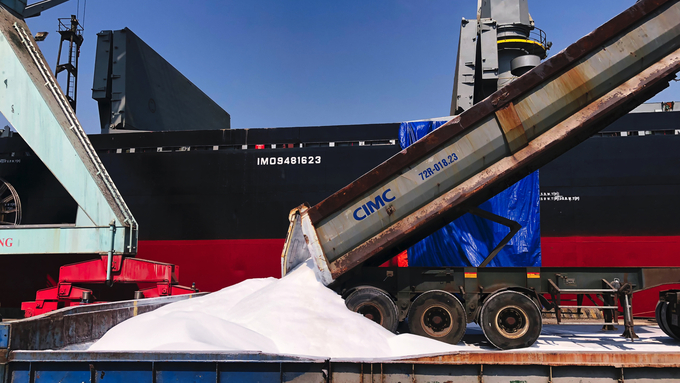
In total, in the first eight months of 2024, Vietnam imported nearly 3.5 million tons of fertilizer, valued at 1.14 billion USD.
Mr. Phung Ha, Chairman of the Vietnam Fertilizer Association (FAV), noted that it is understandable for Vietnam to continue importing large quantities of fertilizer from China, as China is the world's largest producer and exporter of fertilizers. However, Vietnam still maintains a degree of self-sufficiency in supply, especially for types such as urea, super phosphate and NPK, which are sufficient for domestic use and also available for export.
Mr. Ha also said: "Currently, Vietnam is importing fertilizers that are either in short supply or not produced domestically. For example, Vietnam can only produce about 400.000 to 500.000 tons of DAP per year, while the demand is nearly 1 million tons, requiring imports. Additionally, ammonium sulfate (SA) is imported at a rate of 900.000 to 1 million tons annually.
Moreover, for potassium fertilizer (MOP), Vietnam must import all of it, averaging around 1 million tons per year. With NPK fertilizers, we also import those with high nutrient content, but we usually export the lower nutrient content varieties to neighboring markets".
Translated by Phuong Linh
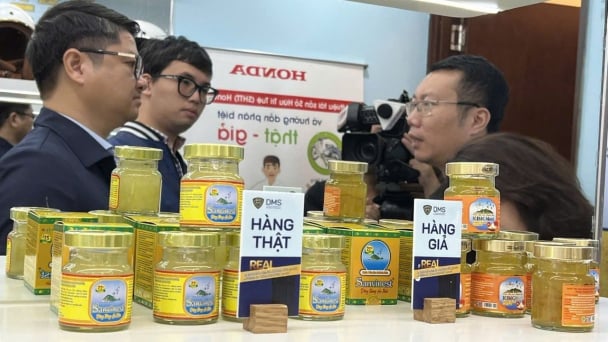
(VAN) In the face of counterfeit and imitation products, Khanh Hoa Salanganes Nest Company hopes for the prompt completion of the legal framework, strict enforcement against violations, and protection of the bird’s nest brand.
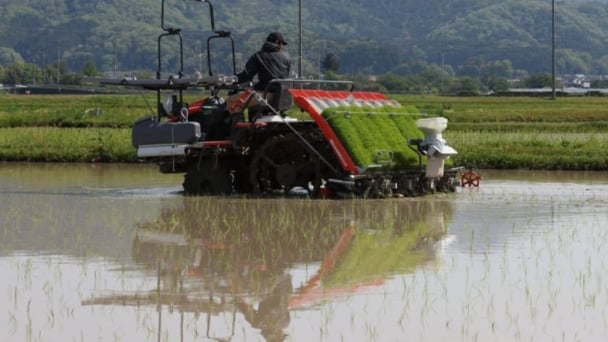
(VAN) Japan's efforts to lower the price of rice through the release of its stockpile may finally be making some progress, albeit at a snail's pace.
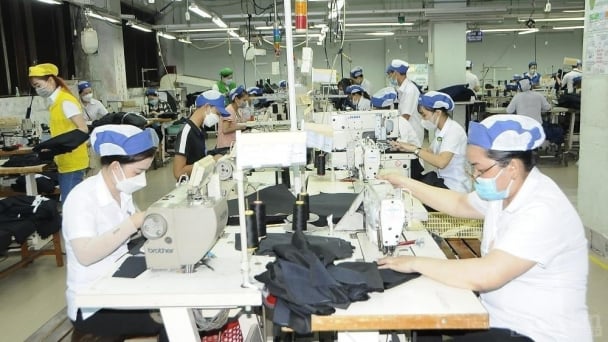
(VAN) U.S. tariffs are not only a 'shock', but also an opportunity for Vietnamese businesses to renew their mindset toward comprehensive development.
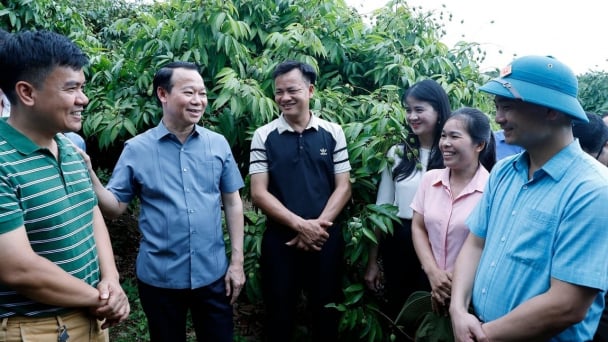
(VAN) As Bac Giang lychee enters the harvest season, Minister Do Duc Duy expects that the fruit will contribute greatly to agricultural exports due to standardized production and deep processing.
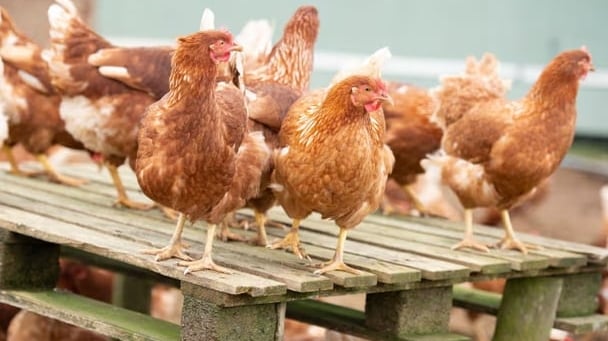
(VAN) Consumers have shown a preference for free-range eggs, but those farming systems are more vulnerable to biosecurity risks like bird flu.
/2025/05/09/5701-1-184335_301.jpg)
(VAN) Vietnam’s eel exports nearly doubled thanks to a mud-free farming model, opening up new prospects while still facing numerous barriers related to international standards.
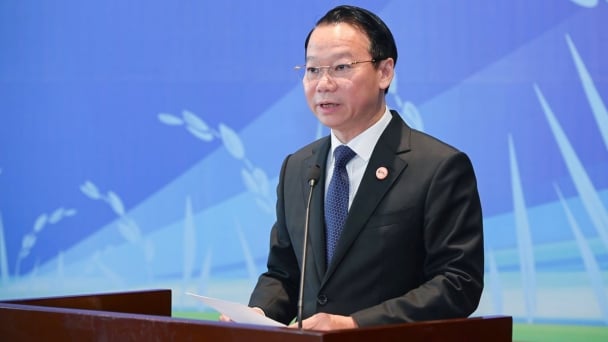
(VAN) Minister Do Duc Duy warned that if production is not professionalized and supply chains are not transparent, the U.S. market could become a growth bottleneck.